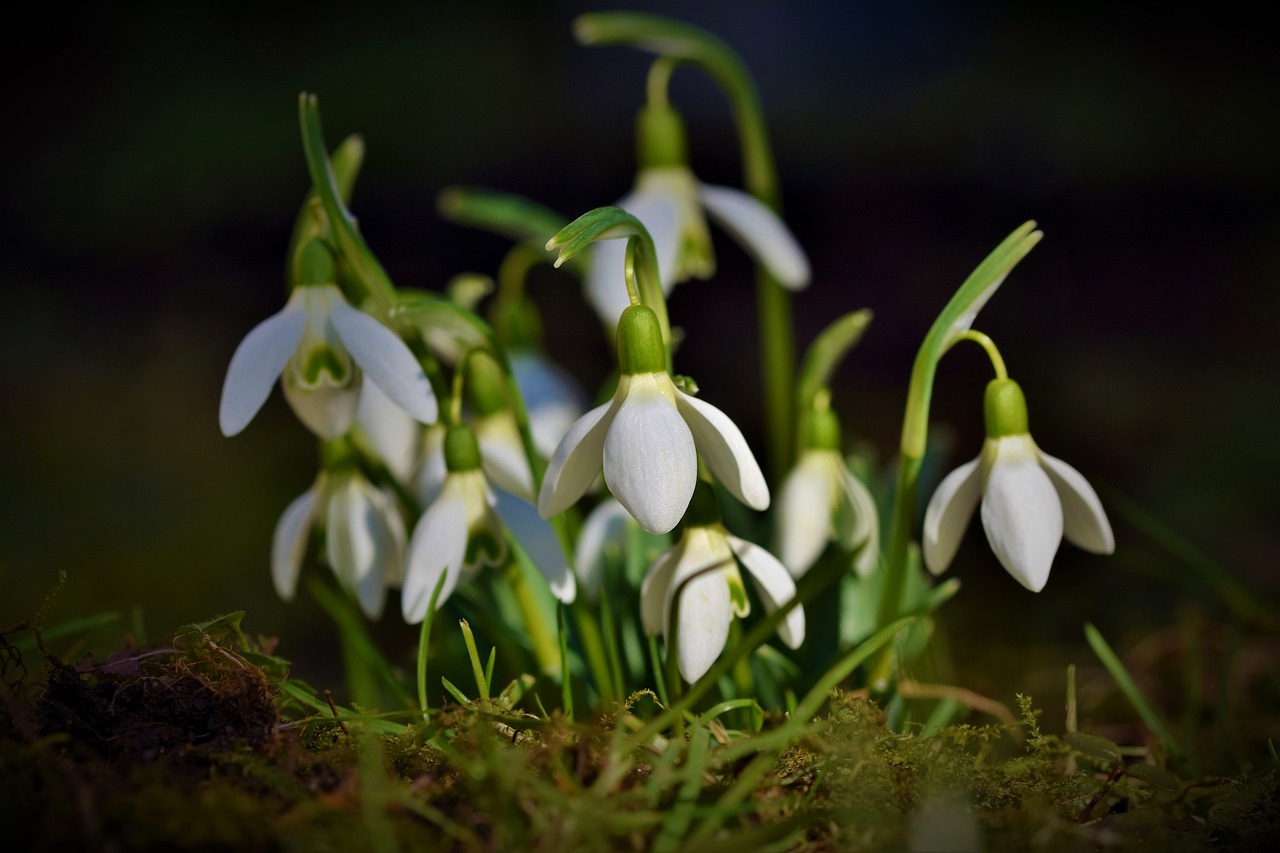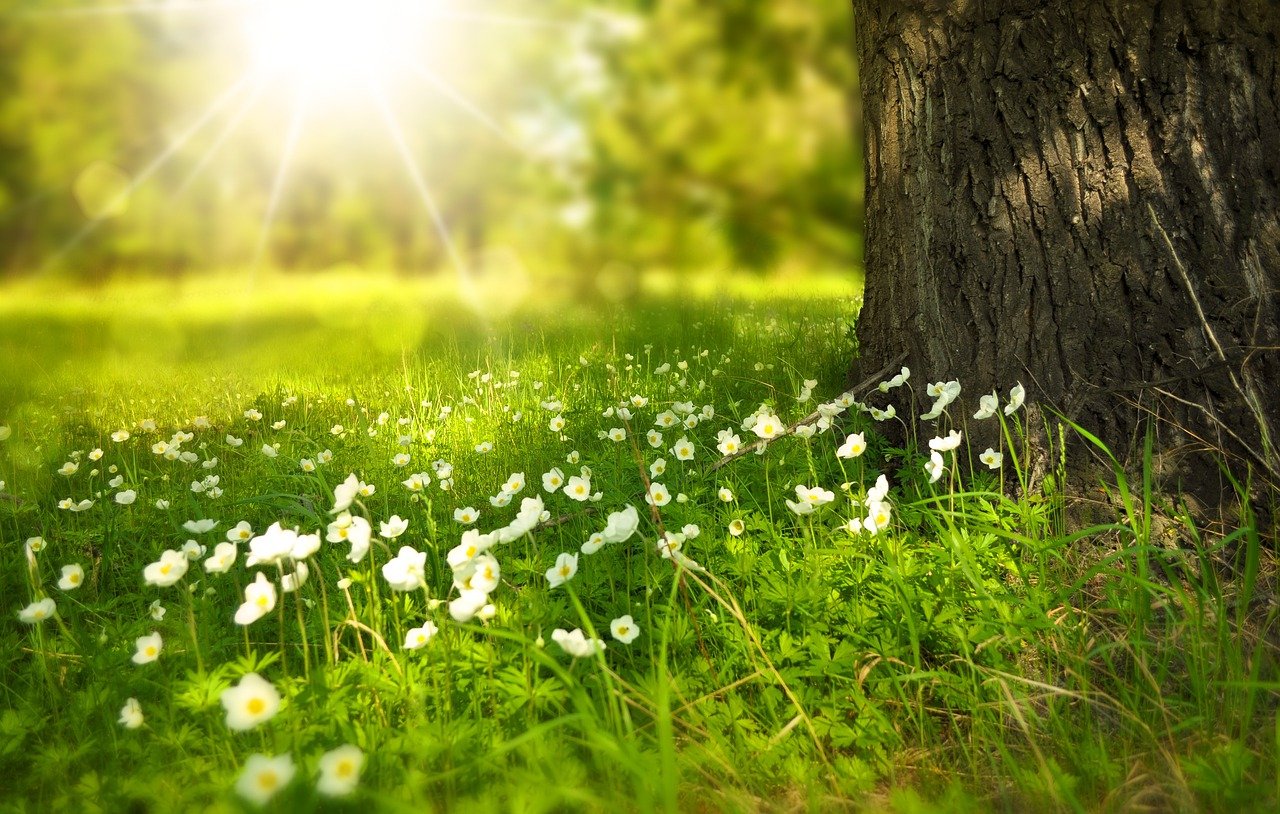The practice of yoga serves many purposes, from spiritual healing to building strength and flexibility. It’s considered a hobby as well as a form of exercise because there is so much to learn about all the different practices, and the practice upholds values such as tranquility and peace that make yoga a lifestyle.
Types of Yoga
- Vinyasa Yoga. This is one of the most commonly taught practices of yoga. Beginners can jump into Vinyasa yoga, but it can be challenging depending on the instructor. Vinyasa focuses on building heat in the body through varied pose sequences, and also has an emphasis on flexibility.
- Ashtanga Yoga. Ashtanga yoga is a challenging form of yoga where the yoga sequences always stay the same from class to class: sun salutations with asanas interspersed in between. It’s featured in workout programs such as P90x due to its difficult nature. It’s great for strength training but can become monotonous to some people. Ashtanga builds focus and strength.
- Bikram Yoga. Also known as “hot yoga,” bikram yoga is performed in a heated room and does not use props like yoga blocks. It’s a challenging, disciplined class and not recommended for beginners.
- Hatha Yoga. Hatha yoga focuses on relaxation and flexibility. This is great for beginners because it focuses on learning the yoga breath that marks every form of yoga. Hatha yoga also introduces basic yoga poses.
- Power Yoga. A fast-paced, challenging form of yoga that combines moves in sequences to build strength. Power yoga classes may be too challenging for beginners, although you can always attend one and take a rest in child’s pose whenever the practice becomes too intense.
- Pilates. Pilates is a yoga-inspired strength workout that focuses less on controlling your breath and utilizing the traditional yoga mindset and more on employing toning and sculpting moves.
Benefits of Yoga
There are many benefits of yoga, including stress relief, improved strength, flexibility, posture and lung capacity. Yoga is great for athletes — especially runners — who are looking to prevent injury and improve athletic performance. Yoga also releases toxins through various twists and other contortion-like poses, and is considered an anti-aging exercise.
While most get into yoga as a form of exercise, others find that yoga is more than just physical activity. Some consider it a lifestyle. Yoga
Yoga Equipment
There are certain types of yoga equipment for different kinds of yoga classes and styles.
But every yoga class uses a yoga mat. It may be tempting to just find the cheapest mat you can find, but shelling out a little extra money is important to getting a good quality mat that will aid your practice. Look for a really sticky mat that’s not too thick. The extra-thick mats tend to slide around and aren’t recommended for classes.
You’ll also want to invest in a yoga mat wash. During practice, mats get sweaty and dirty and it’s essential to clean it if you’re going to be attending regular classes. I tried using soap and water and the sports wipes at the gym, but nothing cleans better than an actual yoga mat wash. This is the one I have:
There are several more optional pieces of equipment out there, including a yoga block and a yoga strap. Yoga blocks and straps are often provided by the gyms themselves, and they’re cheap if you decide to buy them. They help extend or modify poses to make them easier or harder.
If you have trouble with downward dogs as I do and you find your hands slipping, get a yoga mat towel.
Here are the cheapest (and the best) yoga mat towel that I have. It has special grips and won’t slip and slide during your practice:
What to Expect from Your First Yoga Class
Most yoga classes begin with a brief warmup/stretching period where the instructor leads you into easier poses like cat/cow, hip openers, or other seated poses. My 7am yoga class has about twenty minutes of flexibility and a warmup, in the beginning, to wake us all up, whereas my Monday afternoon class has about five minutes of a warmup before we start doing flow sequences.
Every instructor is different, and the content of your class will vary. If there’s a pose that’s too difficult for you, your instructors will encourage you to rest in child’s pose or do easier modifications throughout the class. Yoga is not a competition about who can do the coolest headstand, it’s about improving your own body — and also not pushing it if a pose doesn’t feel right.
But almost every single yoga class (excluding pilates) ends in savasana, known as the final pose, the resting pose, or corpse pose. This last pose, often held for three to eight minutes, is meant to be a meditative pose that induces clarity and relaxation. After going through difficult sequences that require strength and stamina, it feels amazing to just lie down and clear your mind.
Every yoga instructor treats savasana differently: in a restoration yoga class, my instructor played the guitar during our resting poses. In another, my instructor sang an ancient Buddhist hymn. In most classes, however, my instructors talk about the importance of the pose on our psyche and how to just soften into the earth and to banish our schedules and task lists from our minds and just be grateful for the moment we’re in.
After savasana, your instructor will lead you back to a seated pose. You’ll then clasp your hands into prayer in front of your heart and say namaste along with the rest of the class. Namaste is a greeting and thanks, and it means that my soul recognizes yours. You’re not only thanking your instructor, but you’re thanking your body and bringing your awareness not only inward, but also outward, recognizing those around you and increasing your awareness for the well being of others.
Good luck and namaste!







